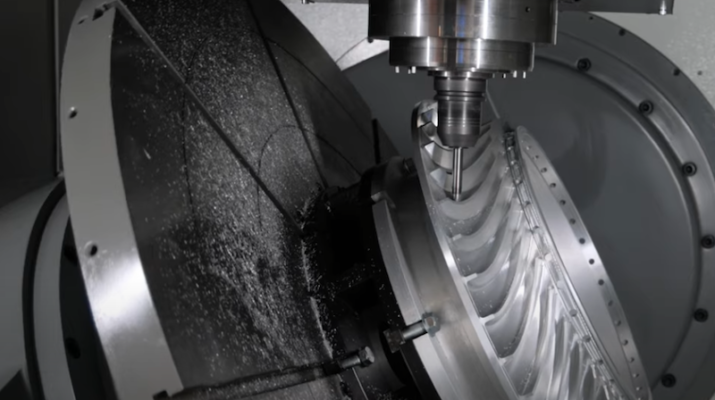Aluminum extrusion is a fascinating process that has become increasingly popular in manufacturing industries worldwide. From simple designs to complex shapes, aluminum extrusions can be used for a variety of applications, ranging from everyday household items to high-tech aerospace components. But what exactly is aluminum extrusion? How does it work and what are its pros and cons? In this blog post, we will explore the intriguing world of aluminum extrusion from design to manufacturing, highlighting its benefits and drawbacks as well as some of the most common applications where it’s utilized. So buckle up and get ready to dive into the exciting process behind one of the most versatile materials on earth!
What is Aluminum Extrusion?
Aluminum extrusion is a manufacturing process that involves shaping aluminum into specific profiles by forcing it through a die. The die, which is made of steel or another hard material, determines the shape and size of the finished product. The process begins with designing the profile in 2D or 3D software programs such as AutoCAD or SolidWorks. Once the design is finalized, it’s transferred to a computer-controlled machine that prepares the die for production. The aluminum billet (a cylindrical-shaped piece of aluminum) is heated to a specific temperature before being pushed through the die using hydraulic pressure. As the billet passes through the die, it takes on its final shape and dimensions. Various shapes can be created using this process – from simple flat bars to more intricate hollow tubes and channels. One of the most significant advantages of aluminum extrusion is its versatility. It allows designers to create complex shapes with minimal waste materials while maintaining high precision and accuracy levels throughout production.
The Manufacturing Process
The manufacturing process of Aluminum Extrusion is a fascinating and intricate process that requires precision and attention to detail. It involves the shaping of an aluminum billet into a specific shape or profile by forcing it through a die using hydraulic pressure. The first step in the process is designing the die, which will determine the final shape of the extruded product. The dies are made from hardened steel and can be very complex depending on the desired outcome. Once the die is created, it’s mounted onto an extrusion press, which contains a hydraulic ram that applies force to push the aluminum billet through the die. The pressure applied during this process can reach up to 15,000 tons! As the billet moves through the die, it’s subjected to high temperatures that soften it and make it easier to form into its final shape. Once complete, cooling fans help to quickly cool down and harden the newly formed product. Afterward, quality checks are conducted on each piece to ensure they meet specified tolerances before being shipped off for further processing or use in various applications. Aluminum extrusion manufacturing is an impressive feat of engineering that produces strong yet lightweight products with incredible accuracy.

